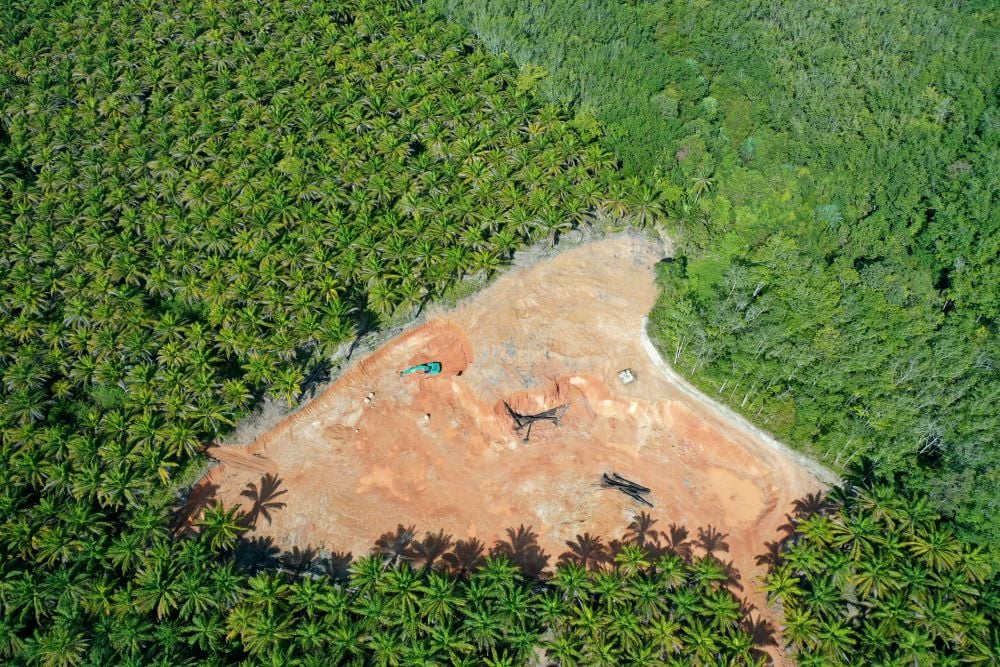Infrastructure investors, particularly pension funds and superannuations, moving to renewable investing are facing regulatory risks when investing in the oil and gas (O&G) sector.
The Asia-Pacific O&G industry is witnessing a shift away from the traditional resource-based fully integrated ownership and governance model, which allows the “oil majors” who own these resources to use their own infrastructure to bring products to market, towards an infrastructure-based model where external infrastructure investors are allowed to own specific assets within the integrated model and charge fees for their use.
However, the regulatory risks for external infrastructure investors come in the form of the inadequacy of existing regulatory frameworks in markets where these O&G assets are located, particularly in Indonesia, Malaysia, and Vietnam. In these jurisdictions the existing infrastructure investment regulations are designed for the oil majors, multinational oil companies who dominate the O&G market due to their size, age or market position.
“Investment in this sector requires a comprehensive understanding of the upstream production regime and operational risks inherent in complex hydrocarbon projects, from governance and competition issues to reputational risk and potential exposure to environmental and safety liabilities,” says John Tivey, an oil industry veteran and partner at White & Case.
Since the oil majors are typically integrated companies, with divisions in exploration, production, marketing, refining, transportation and distribution, the existing regulatory framework in most Asia-Pacific markets does not include investment by independent infrastructure investors in specific projects within the integrated network of an oil major.
“In a number of jurisdictions, for an infrastructure investor looking at a standalone piece of asset in the integrated supply chain and whether they can acquire and operate it on a standalone basis and provide a tolling facility to third parties, there are a number of questions around what the regulatory framework is and is likely to be over the period of their investment in the asset, and whether the investor can they be guaranteed an independently regulated level of return from that investment that meets its fund investment criteria,” says Tivey.
Infrastructure capex
This was not an issue in the past as investments in O&G assets (such as drilling platforms, pipelines, refineries, and other infrastructure) were done exclusively by the oil majors themselves. In fact, historically, the oil majors have been resistant to participation from external asset owners, such as infrastructure funds.
But a spate of recent asset disposals indicates that the energy majors, particularly in Australia, can no longer justify the capex on offshore infrastructure on a standalone basis. Hence, they are seeking ways to monetize their infrastructure assets and deploy the capital elsewhere in the value chain, including in ventures that will facilitate a less greenhouse-intensive energy mix.
Australia has a more developed regulatory framework that allows for external infrastructure investors to invest in specific assets within an integrated O&G network.
“In Australia, you’ve got a well-developed legal system and a mature market, where you have active participants who are big players and who have been there for a long time. So when you’re dealing with infrastructure funds and pension funds, you need to understand that you’ve got that legal and regulatory stability and clarity as a starting point,” says Saul Daniel, partner at White & Case.
In Asia-Pacific, however, where the O&G sector is usually controlled by the government, the existing regulatory framework usually comes in the form of a production-sharing agreement between the government monopoly and an oil major.
Under such an agreement, the government invites the oil majors to participate in the O&G sector to share risks with them for upstream development that normally is part of those production-sharing arrangements. The Indonesian government, for example, in August 2020 issued new regulation that allows the oil majors to use a production-sharing contract (PSC) for cost recovery.
This PSC-type regulatory framework, however, does not cover potential investments by non-oil major infrastructure investors, leaving such investors exposed to potential regulatory risk.
Absence of regulation
At present, the first regulatory risk for a non-oil major infrastructure investor is the absence of regulation that will protect their returns. In most markets, returns from O&G investments are usually mandated by the government to protect consumers from fluctuations in energy prices.
The second regulatory risk is the absence of regulation that defines the third-party infrastructure investor’s rights as a full-owner or part-owner of an O&G asset that is part of an integrated network belonging to another owner. For example, an Australian superannuation infrastructure fund may be interested in investing in a refinery in Indonesia that is owned by Chevron. At present the regulatory framework is silent on these forms of investment.
The third regulatory risk is the absence of regulation that would protect the third-party infrastructure investor from ending up with stranded assets or assets that have suffered from unanticipated or premature write-downs, devaluations or conversion to liabilities as a result of market developments. Stranded assets are an issue in the O&G sector as the industry transitions to renewable assets in the wake of climate change and global warming.
“I think the point of a stranded asset is a good one because, of course, you’re coming into this and you’re taking in a relatively small, but potentially a very important, part of a piece of infrastructure that sits within a huge development that goes from upstream to downstream, and you are, therefore, dependent on what happens along that value chain,” says Daniel.









